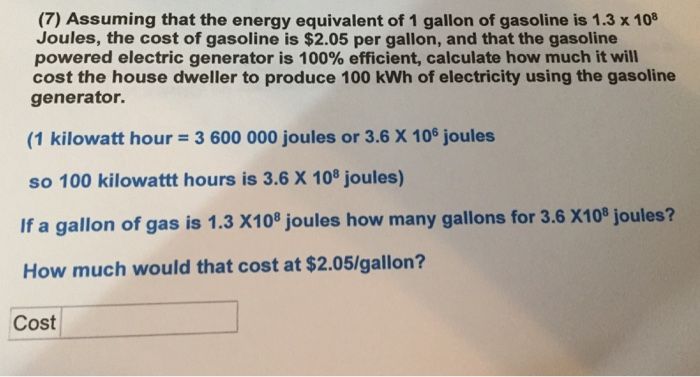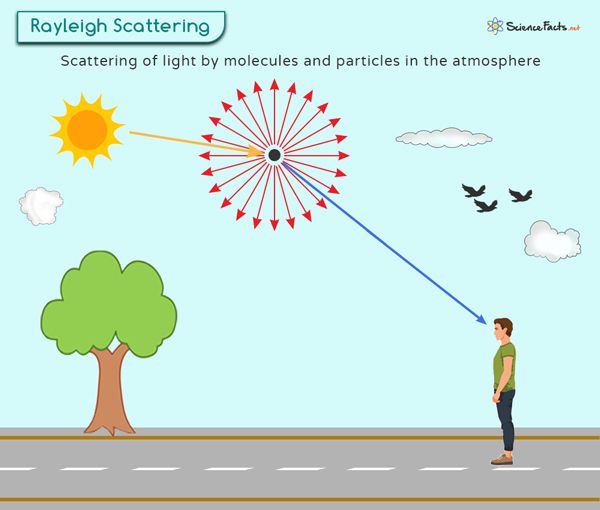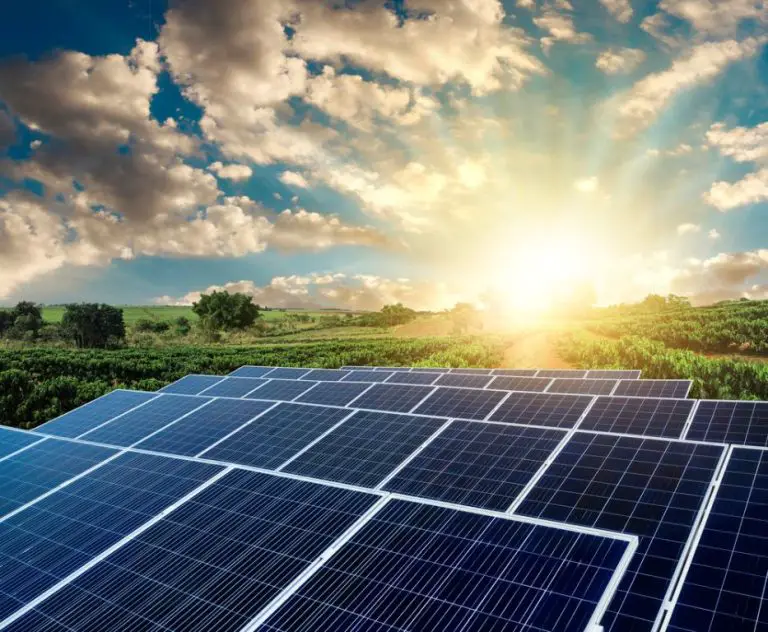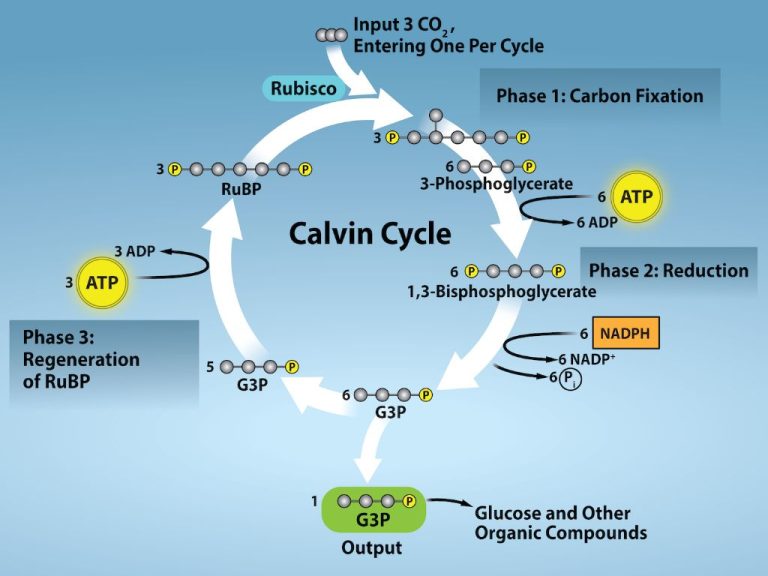What Is Everything About Renewable Resources?
Renewable resources are sources of energy that can be naturally replenished within a human lifespan. They are virtually inexhaustible in duration but limited in the amount of energy that is available per unit of time. The five major renewable resources used for energy production are:
- Solar energy from the sun
- Wind energy
- Hydropower from flowing water
- Geothermal energy from heat inside the earth
- Biomass from plants
Renewable resources are important because they provide energy while minimizing the depletion of finite natural resources like fossil fuels. They are considered “clean” sources of energy that do not produce significant amounts of greenhouse gases or air pollution. Widespread adoption of renewable energy could help address climate change and create a more sustainable energy system. The inexhaustible nature of renewables makes them a secure long-term energy supply that is not vulnerable to market volatility or resource scarcity. Nations with abundant renewable resources can gain energy independence and resilience.
Solar Energy
Solar energy is the conversion of energy from sunlight into electricity or heat. It is a renewable energy source that can help reduce dependence on fossil fuels. There are two main technologies for harnessing solar energy:
Solar Photovoltaics (PV)
Solar PV systems convert sunlight directly into electricity using semiconducting materials like silicon. When sunlight hits the PV cells, electrons are knocked loose and flow through the material to produce electricity. PV systems come as panels that can be mounted on rooftops or the ground. Utility-scale PV power plants have ground-mounted arrays that cover many acres.
PV panel sizes range from small panels under 100 watts to over 400 watts for home installations. Utility-scale PV plants can have thousands of panels rated from 200 to 500 watts each, generating hundreds of megawatts. The largest PV power plant today is the Pavagada Solar Park in India with a capacity of 2,050 MW.
Concentrated Solar Power (CSP)
CSP systems concentrate sunlight using mirrors or lenses to heat a fluid that drives a steam turbine and generator. The thermal energy can also be stored to allow power generation after sunset. CSP plants have capacities from 50 to over 500 MW. An example is the Ivanpah Solar Electric Generating System in California, which has three towers surrounded by mirrors that concentrate sunlight to heat water and generate 392 MW.
For solar energy storage, PV systems can use batteries while CSP systems may have molten salt tanks to store thermal energy. With storage, solar power can supply electricity 24/7. Solar energy is a fast-growing renewable resource that already provides nearly 3% of U.S. electricity. Expanding solar power can reduce fossil fuel use and carbon emissions.
Wind Energy
Wind energy harnesses the power of the wind to generate electricity using wind turbines. Wind turbines consist of blades that spin when the wind blows, turning a rotor connected to a generator that converts the mechanical power into electrical power. The stronger the wind, the more electricity that can be generated.
Wind farms can be built on land (onshore) or offshore in bodies of water like oceans and lakes. Onshore wind farms are less expensive to build but may raise concerns about noise, visual impacts, and effects on wildlife. Offshore wind farms can harness stronger winds but are more expensive to construct. Major wind farms generating hundreds of megawatts include the Alta Wind Energy Center in California, the Roscoe Wind Farm in Texas, and the London Array offshore wind farm in the UK.
Since wind power can be intermittent, energy storage is important for balancing supply and demand. Excess electricity can be stored in batteries or used to pump water uphill into reservoirs. When wind generation is low, stored energy can be released to meet demand. With storage, wind energy can provide consistent, reliable power to the grid.
Hydropower
Hydropower or hydroelectric power utilizes the energy from flowing water to generate electricity. It accounts for over 16% of global electricity production and is the most widely-used form of renewable energy.
Most hydropower plants use dams on rivers to store water in reservoirs. The water in the reservoir has potential energy due to its height. When the water is released, it flows through a turbine, which spins a generator to produce electricity. The amount of electricity generated depends on the volume and height of water.
Some of the largest hydropower facilities in the world include the Three Gorges Dam in China, Itaipu Dam across the Brazil/Paraguay border, and Grand Coulee Dam in the United States. These massive installations can generate over 20,000 megawatts of electricity.
Another type of hydropower plant is pumped storage. During times of low electricity demand, excess generation capacity is used to pump water from a lower reservoir to an upper reservoir. When electricity demand is high, the water is released back down to the lower reservoir to generate power. Pumped storage allows energy from intermittent sources like wind and solar to be stored for later use.
Geothermal Energy
Geothermal energy is heat derived from the Earth. Just a few meters below the Earth’s surface, the temperature remains a constant 50-60°F. This is because the Earth’s core is extremely hot from heat produced during formation as well as the decay of radioactive elements. The difference in temperature between the Earth’s core and surface drives a continuous conduction of thermal energy. Geothermal energy utilizes this heat for direct heating applications or converts it into electricity.
There are three types of geothermal power plants:
- Dry steam plants that use steam from a geothermal reservoir to directly drive turbine generators.
- Flash steam plants that pull deep, high-pressure hot water into lower pressure tanks and use the resulting flashed steam to drive turbine generators.
- Binary cycle plants that pass moderately hot geothermal water through a heat exchanger to heat a separate liquid with a low boiling point, which is vaporized to drive turbine generators.
In addition to geothermal power plants, geothermal energy can be used directly for heating homes, buildings, hot springs, and agriculture applications. Geothermal heat pumps can use shallow ground energy to heat and cool buildings at higher efficiencies than conventional systems.
Bioenergy
Bioenergy refers to renewable energy derived from organic matter, known as biomass. Biomass can be used to produce transportation fuels, electricity, and heat. Sources of biomass include plants, trees, algae, agricultural residues, municipal solid waste, animal manure, and other organic materials.
There are two main ways biomass can be converted into usable energy:
- Biofuels: Biomass is processed into liquid fuels called biofuels that can replace or be blended with petroleum fuels like gasoline and diesel. Examples of biofuels include ethanol, biodiesel, and renewable diesel.
- Biogas: Biomass can be anaerobically digested by microbes to produce biogas, which is mostly comprised of methane and carbon dioxide. Biogas can be used similarly to natural gas.
Common sources of biomass for bioenergy production include:
- Energy crops like corn, sugarcane, switchgrass, and fast-growing trees grown specifically for energy production.
- Agricultural residues like corn stover, rice husks, coconut shells, and sugarcane bagasse.
- Food waste, yard waste, and other organic components of municipal solid waste.
- Animal manure and other agricultural waste products.
- Algae and other aquatic plants.
Bioenergy is considered carbon neutral because the carbon released when biomass is burned is recycled back into plant matter as it regrows. However, there are debates around the true carbon neutrality of some bioenergy pathways. Overall, bioenergy derived sustainably from waste materials and dedicated energy crops can provide clean, renewable energy to help nations meet their energy needs and climate goals.
Hydrogen Energy
Hydrogen is emerging as a promising energy carrier for the future. As an energy source, hydrogen has the benefit of producing only water when used in fuel cells to generate electricity. Unlike fossil fuels, hydrogen does not produce greenhouse gas emissions that contribute to climate change.
Hydrogen must be produced from other energy sources, as it does not naturally occur as a gas on Earth. The most common methods for producing hydrogen are steam methane reforming from natural gas, electrolysis using electricity to split water, and gasification of biomass. Research is also ongoing into photoelectrochemical, photobiological, and photovoltaic processes to produce hydrogen using sunlight.
Storing hydrogen is a challenge, as it has low volumetric energy density as a gas. Methods for storing hydrogen include high-pressure gas cylinders, cryogenic liquid hydrogen tanks, metal hydrides, and chemical hydrogen carriers. Transporting hydrogen typically involves compressed gas tube trailers or cryogenic liquid tankers.
Hydrogen has many promising applications across sectors. It can be used as a transportation fuel in hydrogen fuel cell vehicles. It can also be blended into existing natural gas pipelines. Hydrogen fuel cells can provide power for data centers, warehouses, hospitals and other facilities. The potential to produce hydrogen from renewable sources gives it enormous long-term potential as a clean, sustainable energy carrier.
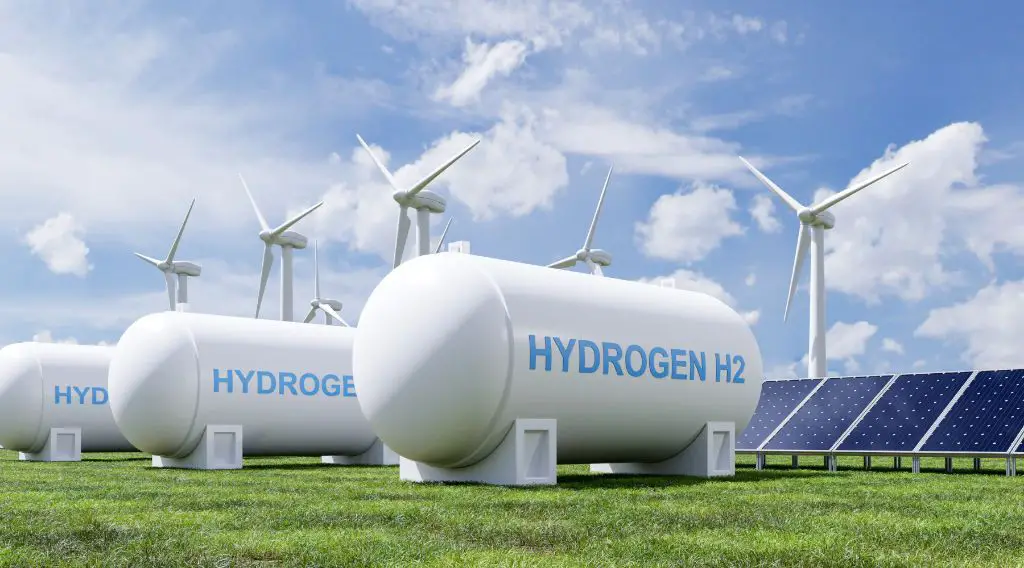
Ocean Energy
The ocean contains tremendous amounts of energy that can be captured and converted into electricity. There are several ways this can be achieved:
Tidal and Wave Energy
Tidal energy utilizes the rise and fall of ocean tides to generate electricity. Tidal power plants are often built near estuaries, where tidal ranges are the greatest. Tidal barrages use dams fitted with low-head hydro turbines that generate as tides flow in and out. Tidal stream generators extract energy from tidal currents in narrow straits or inlets using underwater turbines.
Wave energy converters capture the energy in ocean surface waves and convert it into electricity. Different technologies like point absorbers, oscillating water columns, and overtopping devices are used for this. Wave power potential is highest near coastal areas with strong winds and high waves.
Ocean Thermal Energy Conversion
Ocean thermal energy conversion (OTEC) uses the temperature difference between warmer surface seawater and colder deep seawater to generate electricity. This temperature gradient can be used to drive a heat engine. OTEC plants are usually built in tropical coastal areas where surface temperatures exceed 25°C. OTEC has the potential to provide continuous base load power.
Offshore Wind Energy
Offshore wind farms utilize wind turbines placed in bodies of water like oceans, lakes, and seas to harness wind energy. Offshore winds tend to flow smoothly and strongly, making offshore wind a more efficient source than onshore wind. Floating wind turbines and fixed-foundation turbines are used for offshore wind energy. Global offshore wind capacity is rapidly increasing and presents a major renewable energy opportunity.
Renewable Energy Storage
Energy storage is critically important for increasing the use of renewable energy sources. Since many renewables like solar and wind are intermittent, energy storage allows the renewable power generated to be captured and used when needed. Energy storage helps provide grid stability, store excess renewable energy, and shift renewable energy to times of peak demand.
Batteries are one key storage technology for renewable energy. Lithium-ion batteries in particular have become a popular choice thanks to their high efficiency and decreasing costs. Battery storage systems can be utility-scale, providing many megawatt-hours of storage capacity. They can also be smaller behind-the-meter systems installed at homes, businesses or industrial facilities to store rooftop solar power.
Examples of large-scale renewable energy storage projects include the 409 MW Lower Snake River Wind Project in Washington state which includes a lithium-ion battery system. In California, the 300 MW/1,200 MWh Moss Landing energy storage facility provides stability and reliability to the grid while enabling greater renewable penetration. Smaller behind-the-meter storage is also expanding rapidly, with businesses and homeowners pairing solar panels with battery systems to maximize self-consumption of clean energy.
Growth of Renewable Energy
In recent years, there has been a substantial increase in renewable energy capacity globally. According to the International Energy Agency (IEA), renewable electricity capacity grew by over 260 gigawatts (GW) in 2019, an increase of nearly 8% from 2018. The two renewable energy sources with the highest growth were solar and wind, which increased by 98 GW and 59 GW respectively in 2019.
Many countries have implemented policies and targets to support the deployment of renewable energy. For example, the European Union aims to fulfill 32% of its total energy needs with renewables by 2030. China expects renewables to account for 35% of electricity generation by 2030. In the United States, 29 states have Renewable Portfolio Standards which require electric utilities to obtain a minimum portion of their electricity from qualifying renewable energy resources.
The outlook for future growth of renewables remains strong. According to IEA forecasts, renewables are expected to account for 95% of the increase in global power capacity through 2025. Key factors driving this growth include continuing cost declines, particularly for solar PV and wind, as well as policy support. The IEA projects that renewables will represent 30% of global electricity generation by 2024, up from 26% today.

